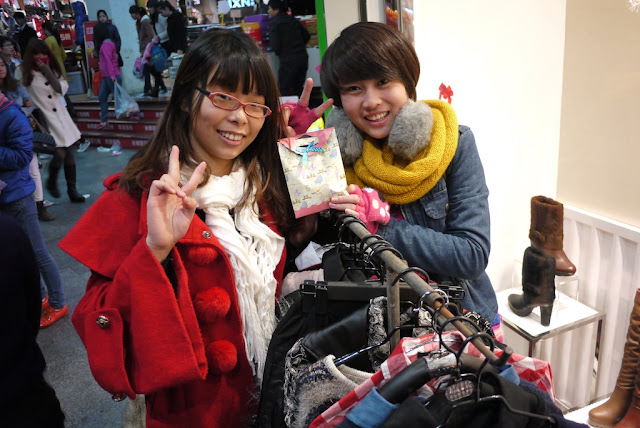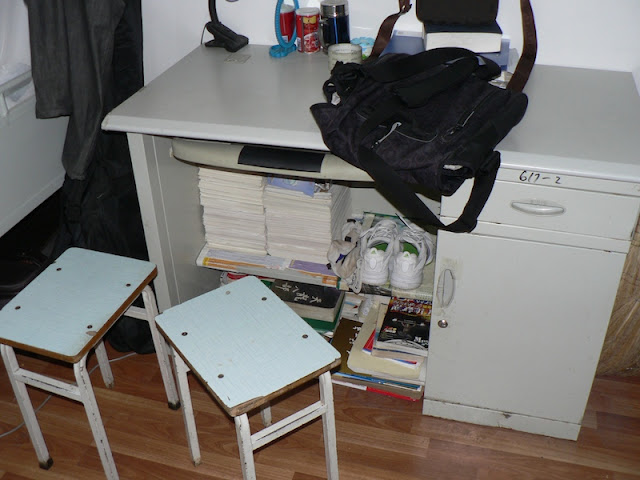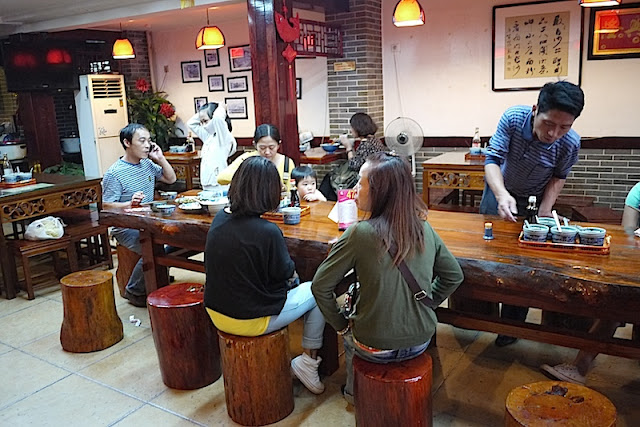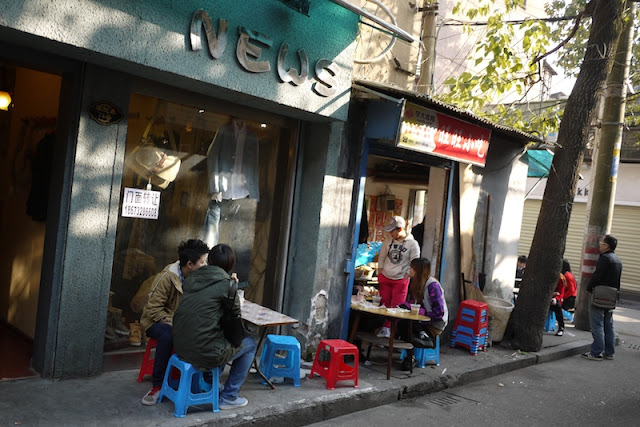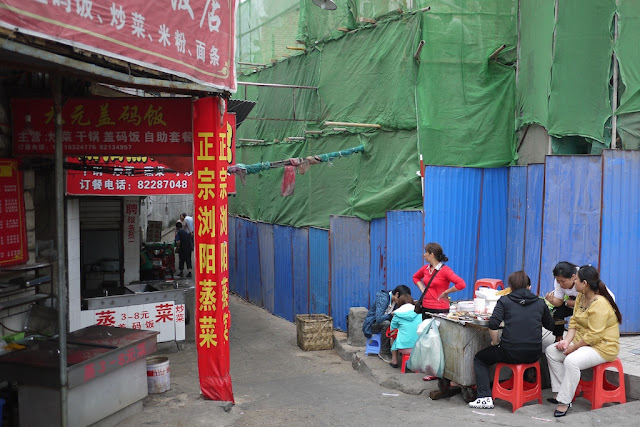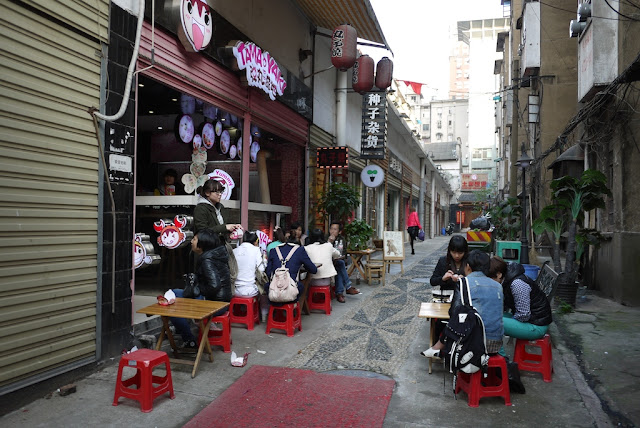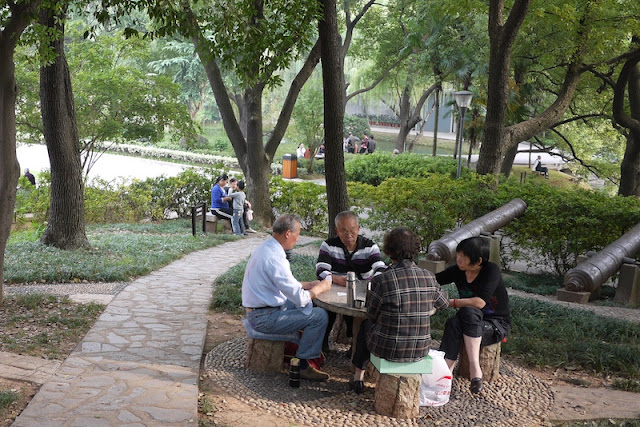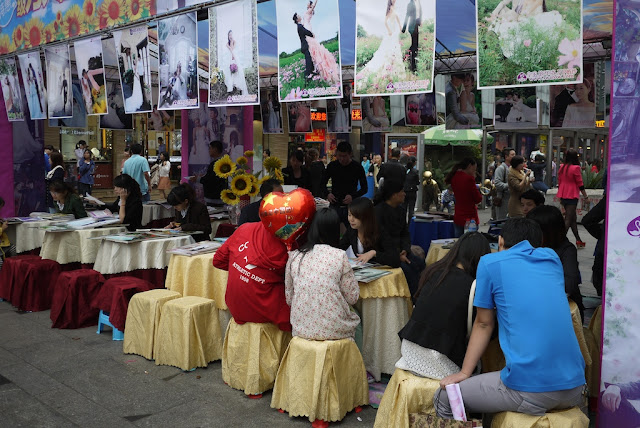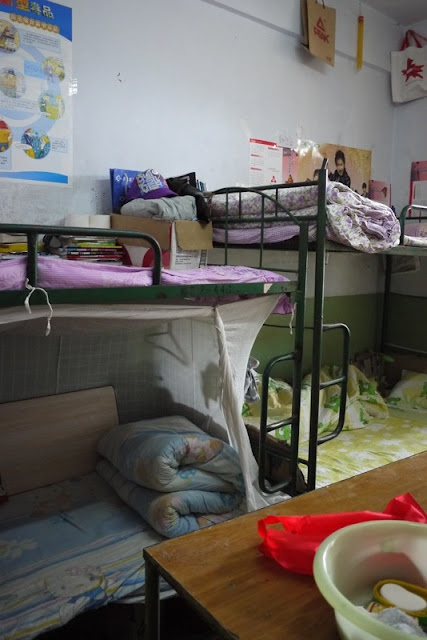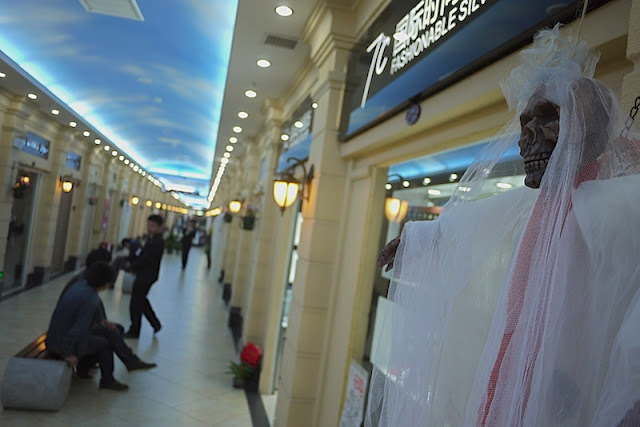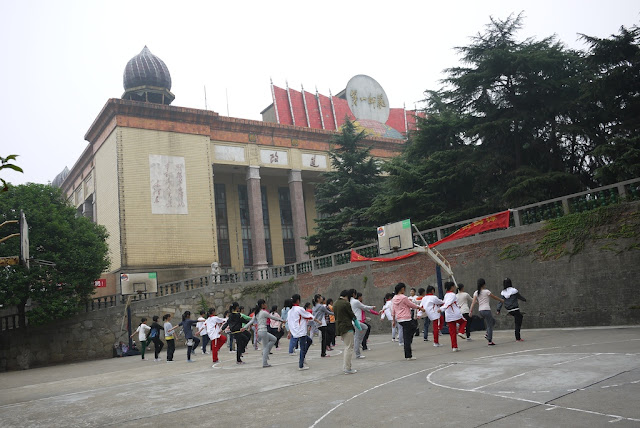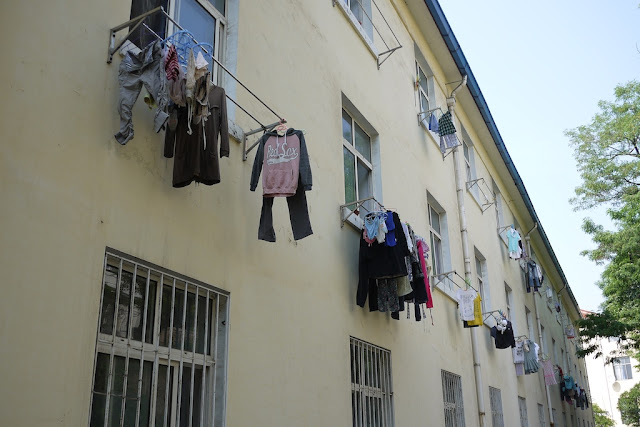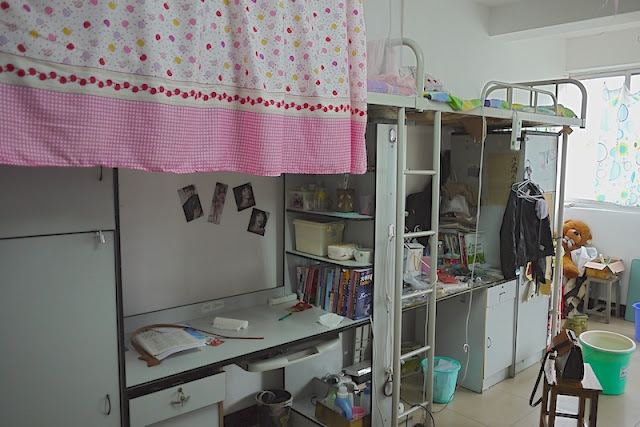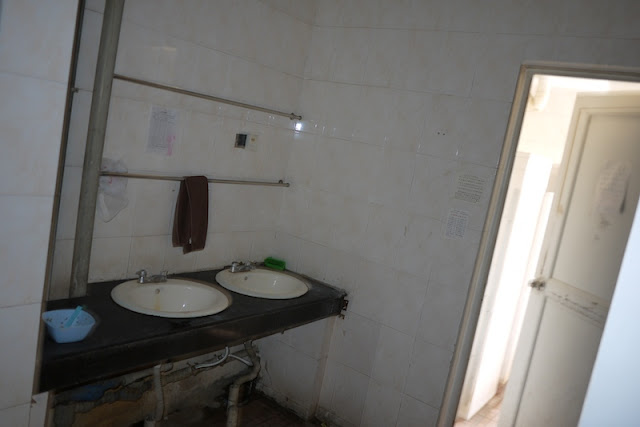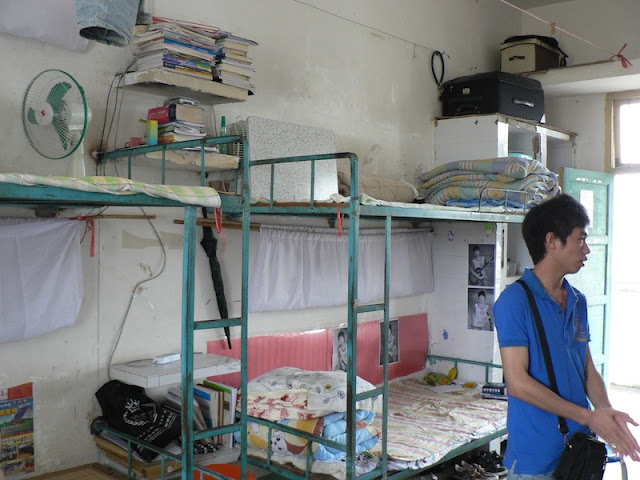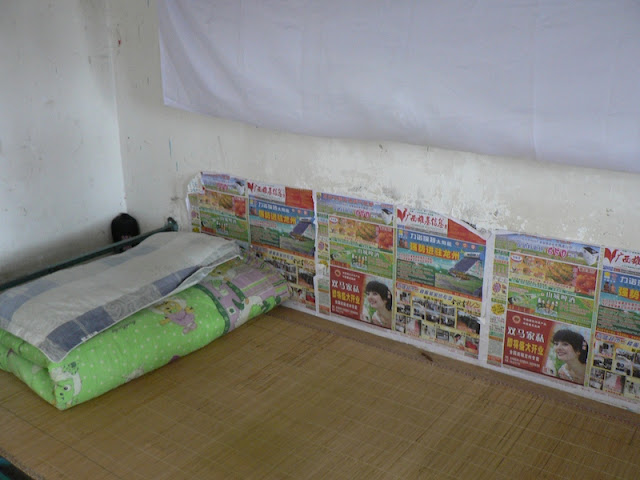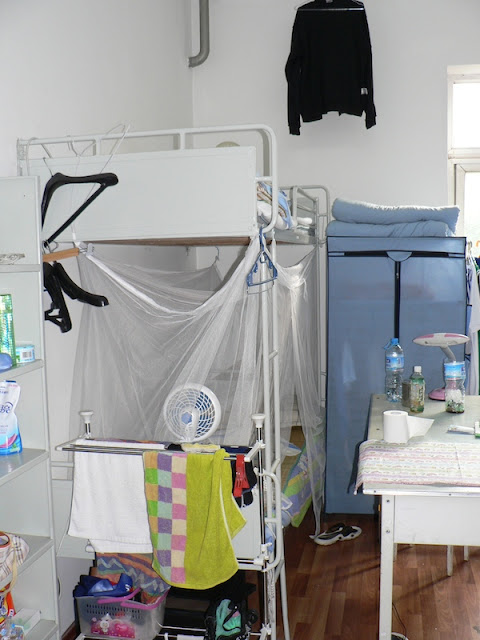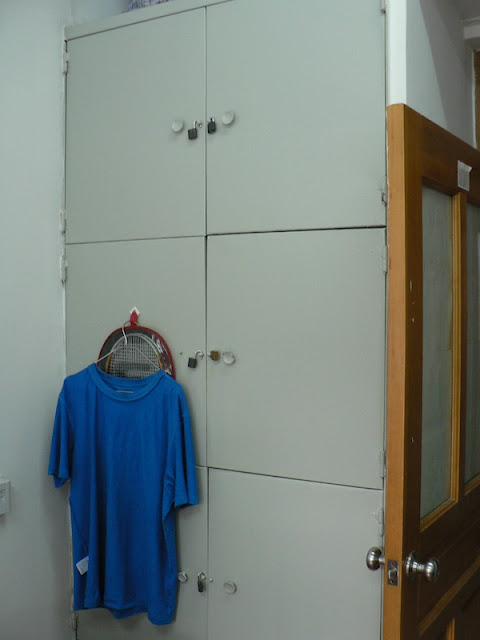What's the best way to seek a boyfriend's forgiveness? One young woman in Malaysia decided the answer included collecting signatures from people in various Malaysian cities and taking photographs with them while she held a sign. When I happened to meet her today in Melaka, she already had many signatures in a previously blank book. For what was she seeking forgiveness? That didn't seem to be something she wanted to discuss.

One reason her actions caught my attention was that I could imagine a similar story playing out in China on a service such as Sina Weibo. And like the messages I saw on a bulletin board in a Changsha dormitory room, there could be important insights to gain about why she did not chose to express herself online.
Many may now be wondering if her boyfriend will respond favorably when she shares the fruits of her efforts. Without knowing more I don't think I could make a meaningful prediction. But she happily agreed to provide an update. If I hear anything, I'll pass it on.

One reason her actions caught my attention was that I could imagine a similar story playing out in China on a service such as Sina Weibo. And like the messages I saw on a bulletin board in a Changsha dormitory room, there could be important insights to gain about why she did not chose to express herself online.
Many may now be wondering if her boyfriend will respond favorably when she shares the fruits of her efforts. Without knowing more I don't think I could make a meaningful prediction. But she happily agreed to provide an update. If I hear anything, I'll pass it on.


